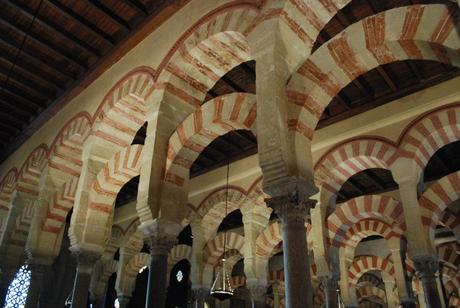 By the time we reached Sevilla, we had already spent several days exploring Spain's top cathedrals. In fact, between Madrid, Segovia, Toledo, and the first day in Sevilla, we hit nearly a dozen amazing churches and mosques in rapid succession. At the rate we were going, we quickly came to the realization that there are only so many unique variations of architectural design and religious significance that can be put into a Spanish church. With the exception of Gaudi's La Sagrada Familia that we visited a week later in Barcelona, we had to make the difficult decision on if we wanted to make a full day trip to Cordoba just to see another church, the famous Mezquita.
By the time we reached Sevilla, we had already spent several days exploring Spain's top cathedrals. In fact, between Madrid, Segovia, Toledo, and the first day in Sevilla, we hit nearly a dozen amazing churches and mosques in rapid succession. At the rate we were going, we quickly came to the realization that there are only so many unique variations of architectural design and religious significance that can be put into a Spanish church. With the exception of Gaudi's La Sagrada Familia that we visited a week later in Barcelona, we had to make the difficult decision on if we wanted to make a full day trip to Cordoba just to see another church, the famous Mezquita.
Although I had tried to lobby for a day trip to Ronda or Gibraltar, which are both rather difficult and time consuming to reach, we decided that Cordoba would be a good city to explore as it is much closer to Sevilla and has a beautiful old quarter that is designed for getting lost and exploring. Even if we were sick of churches, walking around old towns from several centuries back doesn't lose its allure as quickly.
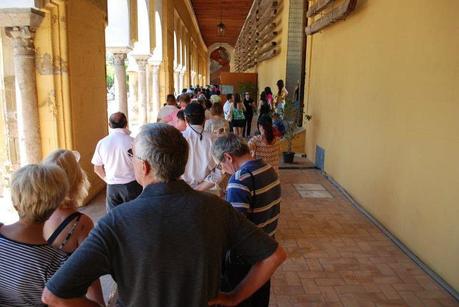
We arrived in Cordoba to find the Mezquita closed. It was a Sunday and the morning church service was being held for those living in the city. Although everyone goes to Cordoba specifically to see this church, no one seemed upset about having to wait. There is something refreshing about the world's most popular churches still hosting mass, as if they haven't completely lost their purpose to tourism. For that it was worth the wait and gave us a perfect excuse to get lost in the old quarter. A few hours later we returned from wandering the old quarter and waited in the impressively long line that formed during the service and finally made it in the door.
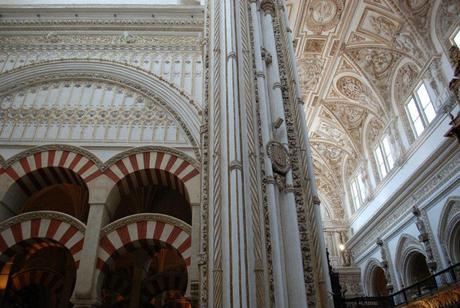
This church, well, it is unique. There are the repeating arches that go on as far as the eye can see, lending themselves to produce great scenes of perpetual design; but there is more to the Mezquita than that. The arches are not what you would typically find in a Catholic church, but are more reminiscent to the designs you would see in a Middle Eastern mosque. But there they were, right next to one of the largest Catholic altars you'll ever see.
The entire design of the massive Mezquita follows this pattern. One second you may be staring at a beautiful pipe organ, while a quick turn around will have you admiring quintessential Islamic art that is loaded up with verses from the Koran. When you begin to learn the history of the church, you find out that in it's 1400+ year old existence, the church has been expanding primarily due to exchanging hands so many times throughout the centuries. The first Christian church was built around the year 600, but was converted to an Islamic mosque in the 8th century with many renovations. Several hundred years later, in the 13th century, the region was reclaimed by King Ferdinand III during the Reconquista and converted back to a church yet again.
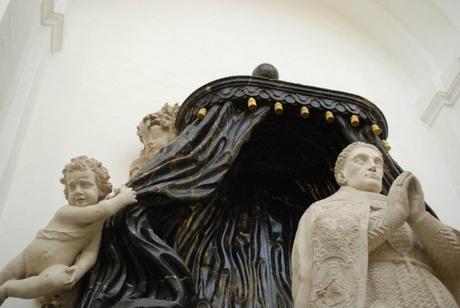
Although you would anticipate the new rulers to remove all traces of the previous religion that was present in the church, as the wars that caused the change of hands were religiously motivated, this is not the case. In each instance, many features of the Mezquita remained, and the building that exists today is a sublime blend of both Christian and Islamic culture from over the last century. Even little bits and pieces from the first church are present and can be seen throughout the grounds.
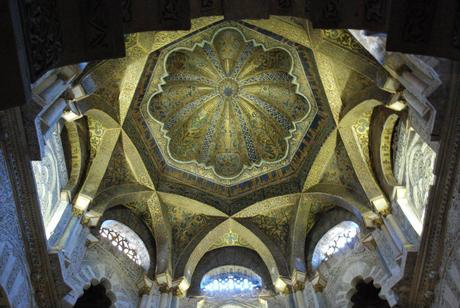
What makes this church so beautiful is not the fact that the two designs co-exist, but the fact that they are intermixed so perfectly throughout the massive complex. It would be one thing for half the church to be Islamic and the other half to be Christian, with two distinct sides; but this is not the case. The two designs have blended so uniformly throughout the years that it is hard to tell where you are exactly as the religious influence seems to change almost every 10 feet.
It is because of this irregular design that we ended up staying longer in the Mezquita of Cordoba than in any of the dozen churches we had visited in the previous week. Where in most European cathedrals you can almost predict the design that is around the corner, you cannot guess what is around the next turn while in the Mezquita. The elements are there, but the differences make the same old thing new and exciting yet again, no matter how burnt out of churches you may be.
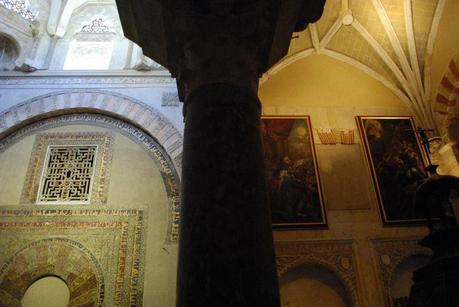
--------------------------------------------
